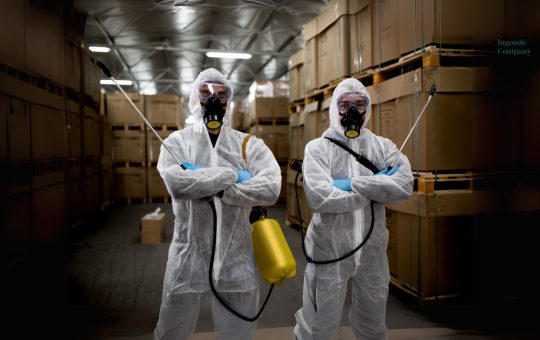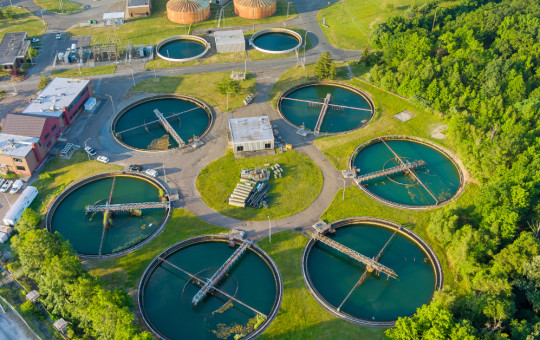
Level 3 Award in Confined Space Emergency Rescue Management
Level 3 Award in Confined Space Emergency Rescue Management
Course Overview
The Level 3 Award in Confined Space Emergency Rescue Management is an advanced course designed to prepare individuals for planning, coordinating, and executing emergency rescue operations in confined spaces. The course provides in-depth knowledge of confined space hazards, risk assessments, rescue techniques, and legal compliance to ensure the safety of workers and rescuers.
This training is essential for safety professionals, supervisors, and emergency response team leaders working in industries such as construction, oil and gas, utilities, and manufacturing.
Benefits
- Enhanced Safety Expertise: Learn how to manage high-risk scenarios in confined spaces.
- Compliance: Stay aligned with national and international safety standards.
- Practical Skills: Master advanced rescue techniques and use specialized equipment.
- Preparedness: Develop the confidence to handle emergencies effectively.
- Career Growth: Advance your qualifications and eligibility for higher safety management roles.
Learning Outcomes
By the end of this course, participants will be able to:
- Identify hazards and risks associated with confined spaces.
- Develop and implement emergency rescue plans tailored to specific confined spaces.
- Operate and maintain rescue equipment effectively.
- Coordinate rescue team roles and responsibilities during an emergency.
- Comply with legal and regulatory requirements related to confined space operations.
- Conduct post-incident reviews to enhance future safety and rescue protocols.
Study Units
Unit 1: Introduction to Confined Spaces
- Definition and types of confined spaces.
- Overview of common hazards (e.g., toxic gases, oxygen deficiency, engulfment).
- Legal and regulatory framework.
Unit 2: Risk Assessment and Rescue Planning
- Conducting detailed confined space risk assessments.
- Identifying potential emergency scenarios.
- Developing comprehensive rescue plans.
Unit 3: Rescue Equipment and Techniques
- Overview of rescue equipment: breathing apparatus, winches, harnesses, gas detectors.
- Proper usage, maintenance, and inspection of equipment.
- Rescue techniques for different confined space configurations.
Unit 4: Emergency Response Coordination
- Roles and responsibilities of the rescue team.
- Communication and command protocols during emergencies.
- Practical exercises in confined space rescue scenarios.
Unit 5: Post-Incident Management
- Conducting post-rescue debriefings and incident investigations.
- Documenting incidents and lessons learned.
- Continuous improvement of rescue protocols.
Career Progression
Completing the Level 3 Award in Confined Space Emergency Rescue Management opens pathways to roles such as:
- Confined Space Safety Manager: Oversee safety protocols for confined space operations.
- Emergency Response Coordinator: Lead rescue operations and manage emergency scenarios.
- Safety Trainer: Deliver training sessions on confined space safety and rescue techniques.
- Industrial Safety Consultant: Provide consultancy services to organizations on confined space management.
- Specialized Rescuer: Join emergency response units or services focusing on confined space rescues.
This qualification demonstrates your commitment to safety and equips you with the expertise to manage one of the most hazardous work environments effectively.
Our assessment process is designed to ensure every learner achieves the required level of knowledge, skills, and understanding outlined in each course unit.
Purpose of Assessment
Assessment helps measure how well a learner has met the learning outcomes. It ensures consistency, quality, and fairness across all learners.
What Learners Need to Do
Learners must provide clear evidence that shows they have met all the learning outcomes and assessment criteria for each unit. This evidence can take different forms depending on the course and type of learning.
Types of Acceptable Evidence
Assignments, reports, or projects
Worksheets or written tasks
Portfolios of practical work
Answers to oral or written questions
Test or exam papers
Understanding the Structure
Learning outcomes explain what learners should know, understand, or be able to do.
Assessment criteria set the standard learners must meet to achieve each learning outcome.
Assessment Guidelines
All assessment must be authentic, current, and relevant to the unit.
Evidence must match each assessment criterion clearly.
Plagiarism or copied work is not accepted.
All learners must complete assessments within the given timelines.
Where applicable, assessments may be reviewed or verified by internal or external quality assurers.
Full learning outcomes and assessment criteria for each qualification are available from page 8 of the course handbook.
Top Courses
No results found.
Related Courses
Let's Get in touch
Deleting Course Review
Course Access
This course is password protected. To access it please enter your password below:



